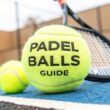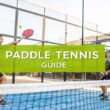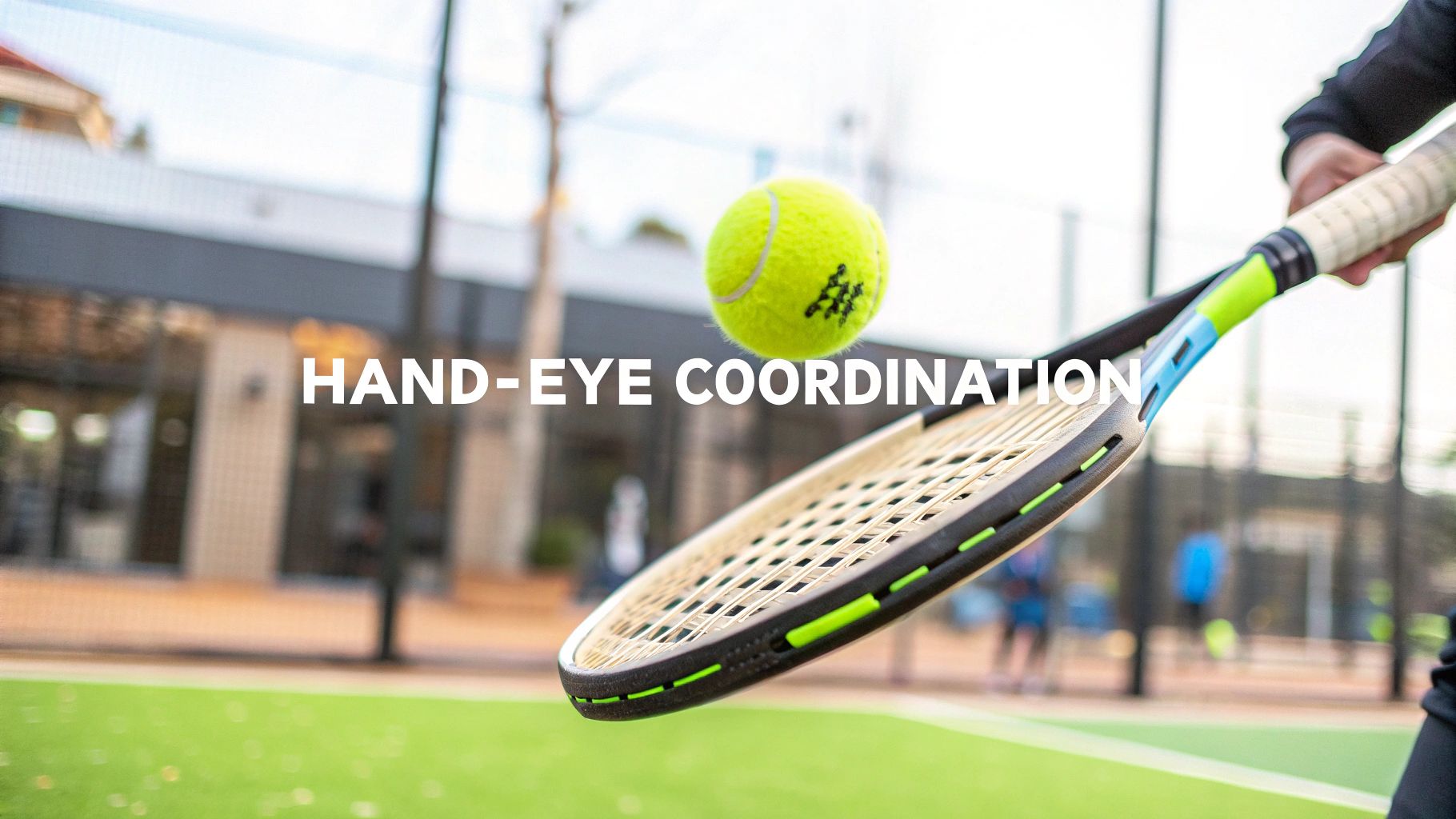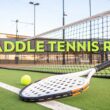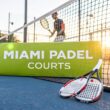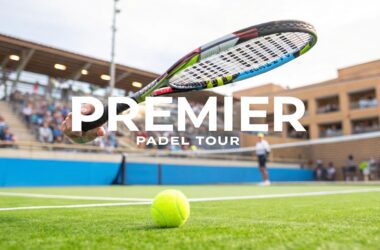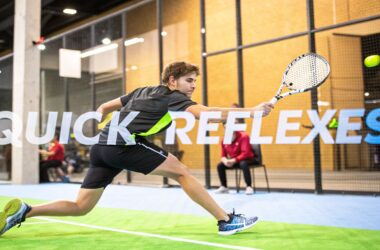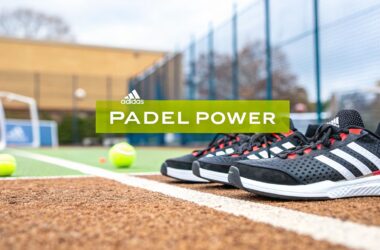When people talk about improving hand-eye coordination, what they're really talking about is speeding up the conversation between your eyes, your brain, and your hands. It's a skill you build through smart, consistent practice, eventually blending the three-step process of seeing, thinking, and reacting into one smooth, instinctive motion.
Understanding How Your Brain and Body Connect
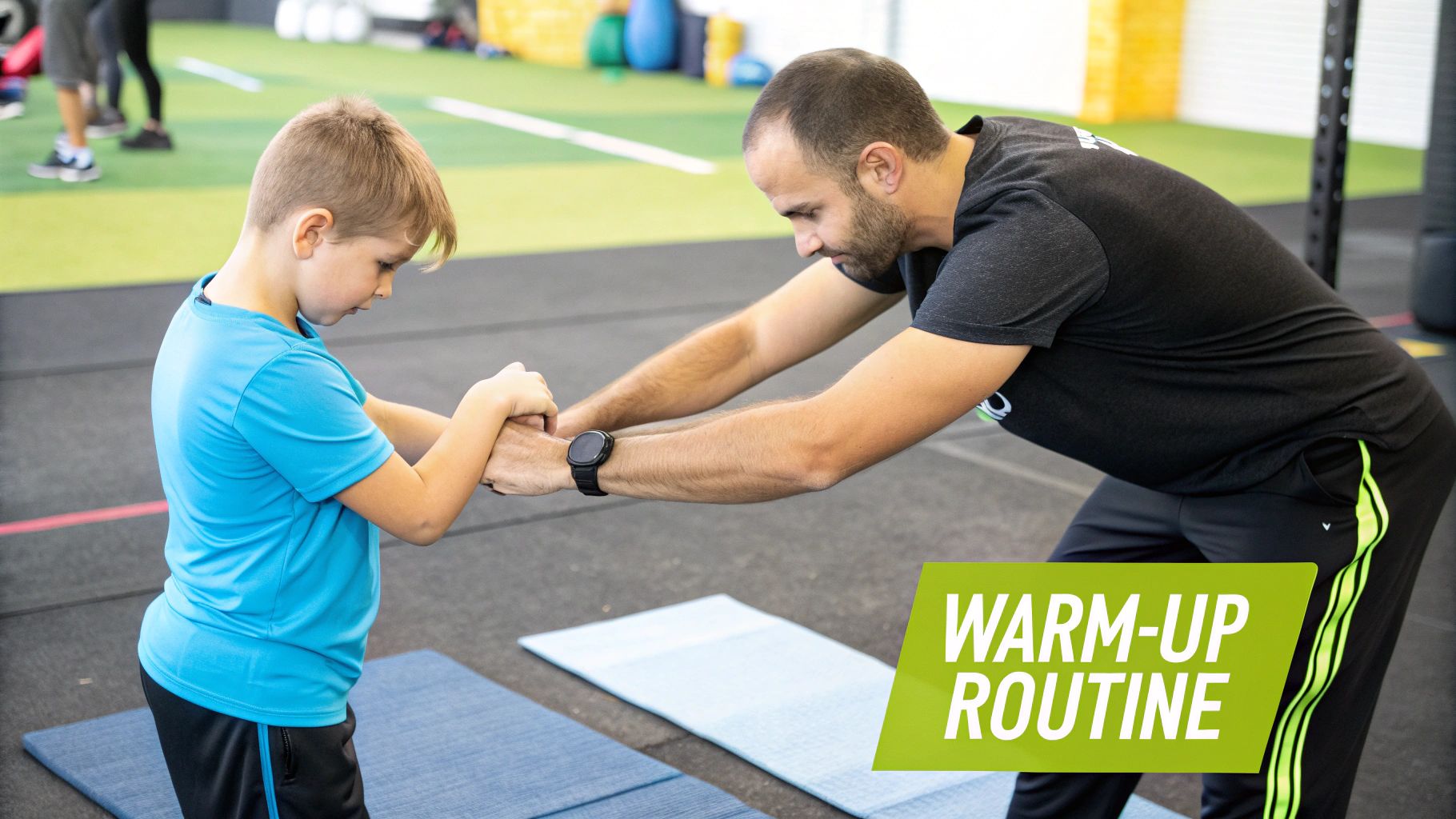
Hand-eye coordination is that incredible bit of neurological wiring that lets you do everything from typing a message to smashing a perfect bandeja. It’s not just one skill; it's a lightning-fast feedback loop happening behind the scenes.
Think of it as three distinct jobs that have to happen in perfect sync.
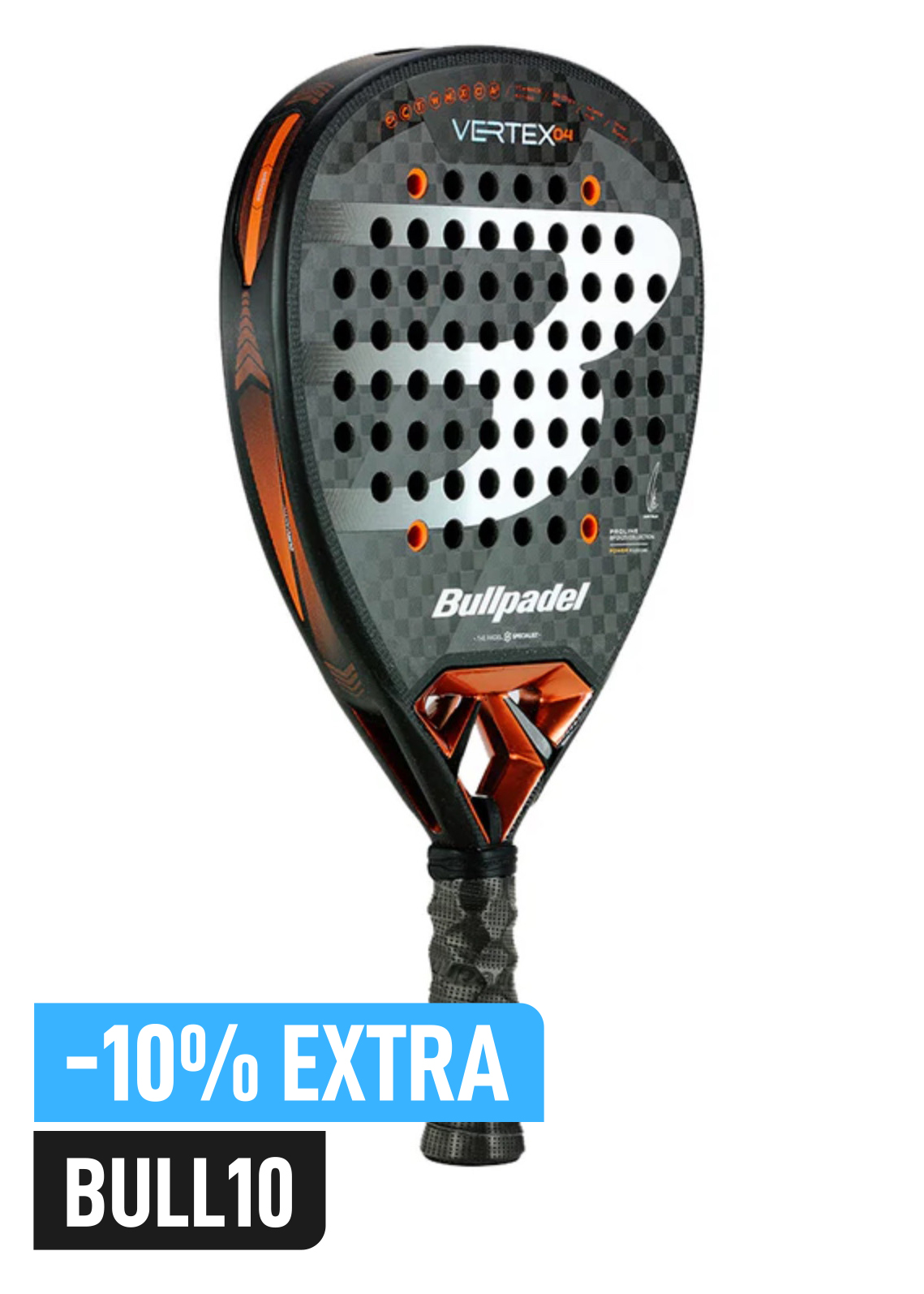
Buy the best padel gear to level up your next game!
CHECK OUT this deal from Padel Market!Get ready to take your game to the next level with the latest padel gear from Padel Market! Fast EU and Worldwide Shipping
To really get a grip on what's happening, it helps to break down the process into its core components. These three "pillars" are the foundation of every move you make on the court.
The Three Pillars of Hand Eye Coordination
| Pillar | What It Means | Real-World Example |
|---|---|---|
| Visual System (Perception) | Your eyes are the scouts. They spot the ball and instantly send a flood of data to your brain about its speed, spin, and direction. | You see the opponent shape up for a lob. Your eyes track the ball's arc. |
| Central Nervous System (Processing) | Your brain acts as mission control. It takes the visual data, crunches the numbers, predicts where the ball is going, and drafts a battle plan. | Your brain calculates that the lob is going to bounce high off the back glass. |
| Muscular System (Reaction) | Your brain sends the order to the troops—your hands, arms, and feet—telling them exactly where to go and what to do to execute the plan. | Your body moves back, you prepare your racket, and you swing to connect with the ball. |
This entire sequence unfolds in a flash. When a ball is flying at you, your brain isn't just seeing it; it's running incredibly complex predictions to get your hand to the perfect spot to intercept it. The more you play, the faster and more reliable that internal supercomputer gets.
The Science of a Split-Second Reaction
That tiny gap between seeing the ball and swinging at it is where matches are won and lost. The timing has to be incredibly precise.
Research shows that elite performance happens when your eyes lead your hand by a razor-thin margin. The sweet spot is somewhere between 75 and 100 milliseconds. This microscopic head start is just enough time for your brain to sync up your visual tracking with your muscle movement. It's the difference between a clumsy guess and a confident, pinpoint-accurate shot.
At its core, improving hand-eye coordination is about closing the gap between seeing and doing. Consistent training builds muscle memory and sharpens your brain's predictive power until your reactions feel completely automatic.
Building a Stronger Brain-Body Link
Strengthening this connection goes beyond just hitting balls. It’s about cultivating a deeper sense of body awareness and control.
To truly master your movements, you might even look outside of padel. Disciplines that demand mindful control can have a massive impact. For example, many athletes are discovering the hidden power of Pilates because it directly strengthens that vital brain-body link.
The focused, deliberate movements reinforce the exact neural pathways you need for elite coordination on the court. Building this foundational control is what allows top players to perform complex, high-pressure shots with what looks like effortless grace.
Foundational Drills You Can Start Today
You don't need a fancy training center to start seeing a real difference in your hand-eye coordination. Honestly, the most effective methods often start with simple, repeatable drills that build a solid foundation. These are exercises you can do almost anywhere, turning any spare moment into a chance to get sharper.
The classic wall ball toss is a perfect example and an incredible starting point. It's simple and you can easily scale the difficulty. Just stand about five to six feet from a solid wall, feet shoulder-width apart, and keep a slight bend in your knees for balance.
Toss a tennis ball against the wall with one hand and catch it with the other. The goal is a smooth, fluid motion. The trick here is to lock your eyes on the ball from the second it leaves your hand until it's safely in the other. Don't look away.
Progressing Your Drills for Better Results
Once that basic toss-and-catch starts to feel too easy, it's time to up the ante. This is how you bust through plateaus and force your brain to keep adapting and learning. Small tweaks can push your limits and speed up your progress.
Here are a few ways to level up your wall ball routine:
- Switch the Ball: Ditch the tennis ball for a smaller, bouncier reaction ball. Its unpredictable bounces will force your brain and body to connect and react much faster.
- Challenge Your Stance: Try doing the drill while standing on one leg. This simple change brings balance into the equation, making your core fire up and improving your overall body control on the court.
- Play with Distance: Move closer to the wall to give yourself less reaction time. Then, back up further away to practice tracking the ball over a longer flight path.
Building a strong physical base is also key. Things like learning these essential yoga poses for beginners can seriously improve your body awareness and control, which are absolutely critical for more advanced coordination work.
The point isn't just to go through the motions. You have to perform every drill with intention. Focus on a clean catch, an accurate throw, and keeping your movements tight and controlled, even when you pick up the pace.
This graphic breaks down a simple progression, kicking off with basic tracking and building towards more complex, reactive movements.

Buy the best padel gear to level up your next game!
CHECK OUT this deal from Padel Market!Get ready to take your game to the next level with the latest padel gear from Padel Market! Fast EU and Worldwide Shipping
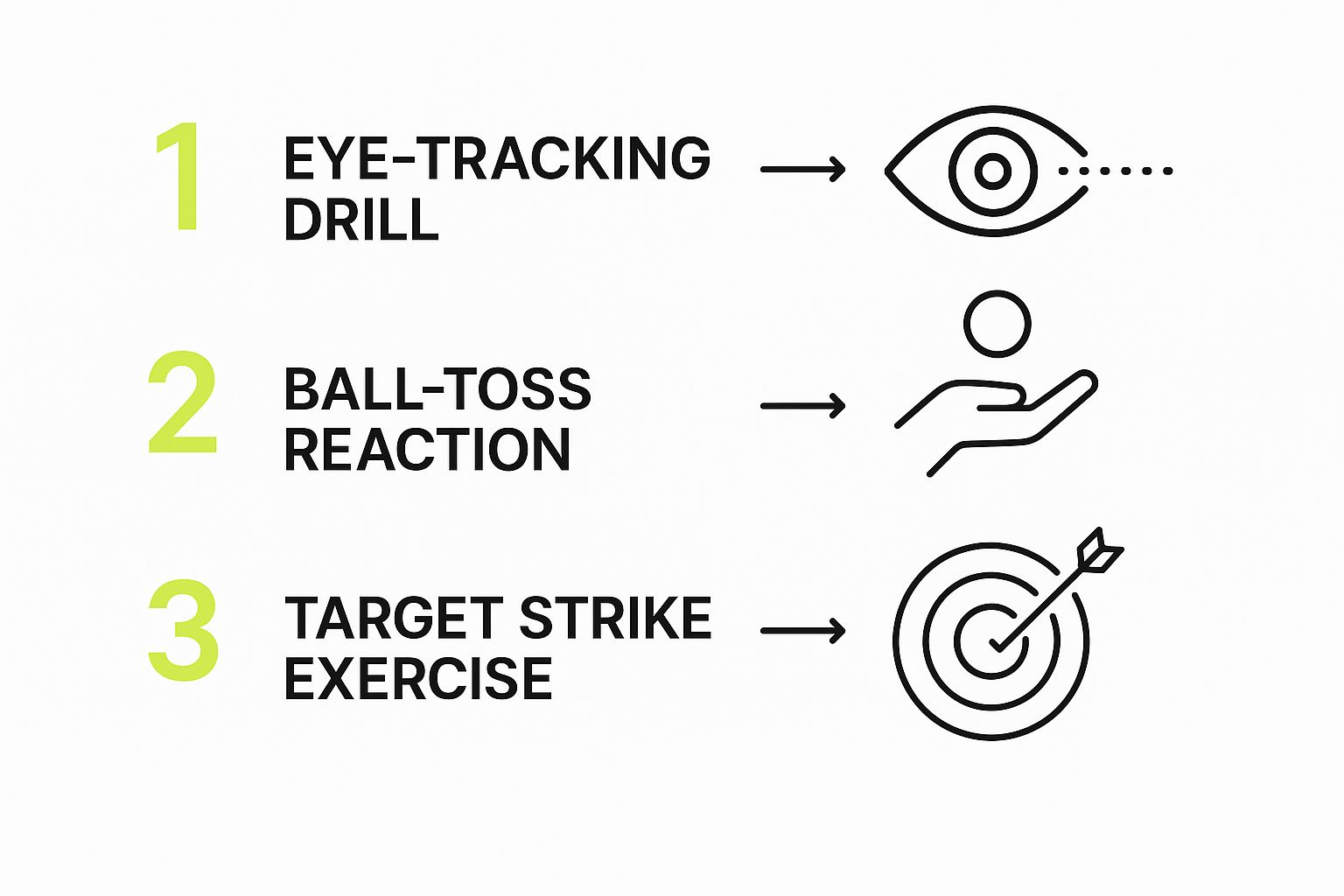
As you can see, mastering one skill, like eye-tracking, lays the groundwork for the next, like reacting to a tossed ball. It all connects.
Drills for Sharper Reflexes and Tracking
Looking beyond the wall, other simple exercises can really hone specific parts of your coordination. One of the best for pure reflexes is the coin drop. Hold a coin out at shoulder height, let it go, and try to snatch it with the same hand before it hits the ground. It sounds easy, but it's a fantastic—and humbling—way to train your reaction speed.
Another great low-stress drill is juggling with scarves. Unlike balls, scarves float down slowly, which gives your brain extra time to process their movement and predict where they're going. This "slow-motion" practice is invaluable for learning to track multiple objects at once—a skill that translates directly to the chaos of a fast-paced padel match.
For more ideas, you can check out these specific https://padelrumors.pages.dev/news/drills-to-improve-reaction-time/ that expand on these core concepts. At the end of the day, consistency is your best friend. Weaving these drills into your daily routine is the most reliable way to see real, noticeable improvement on the court.
Sharpening Your Precision and Reaction Speed
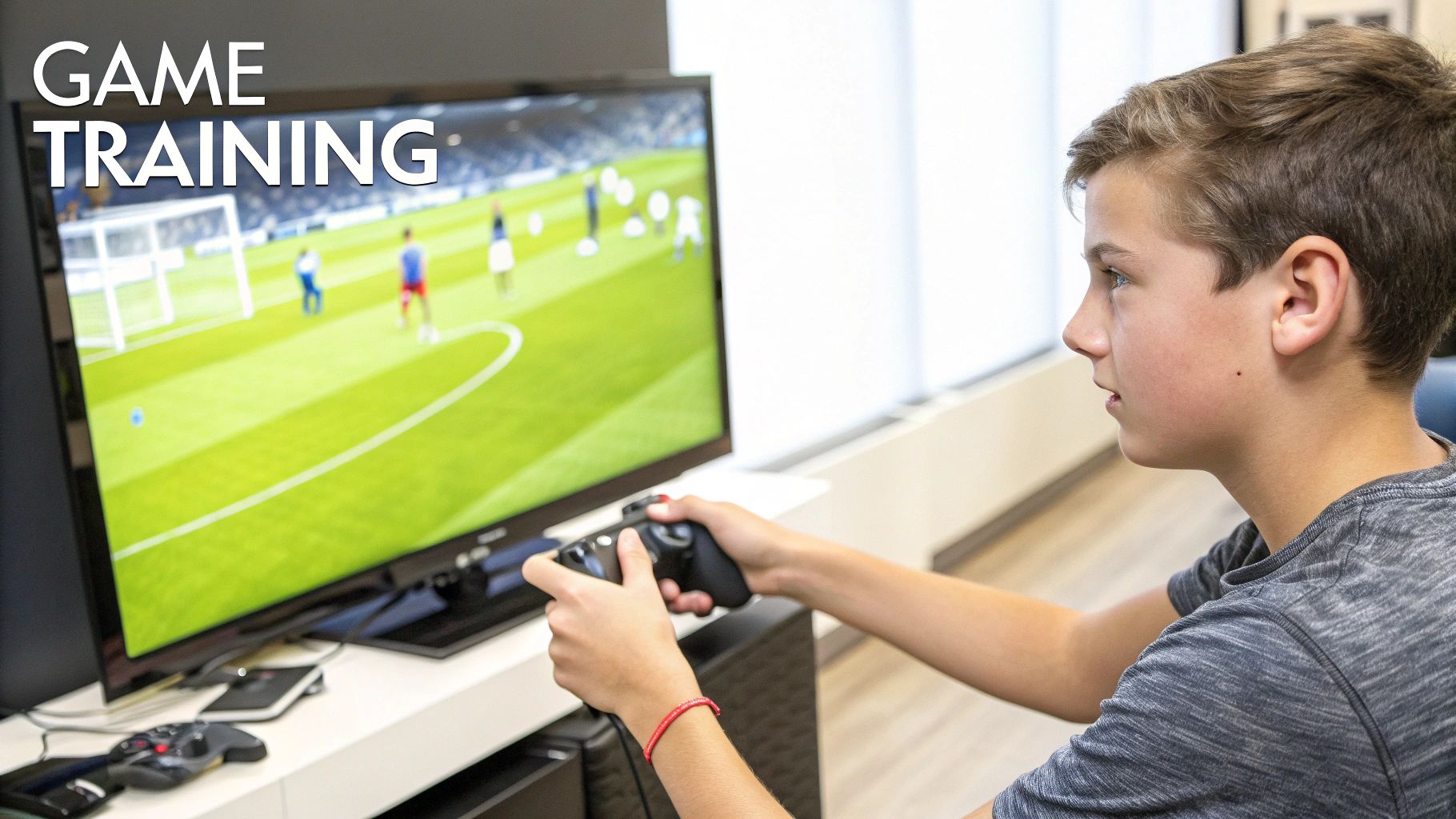
Now that your groundwork is in place, it’s time to crank up the intensity. Intermediate drills throw a bit of chaos at you—just enough to force your brain into faster, sharper patterns. Think of this as the bridge between slow, deliberate reps and instinctive court play.
Your aim here is twofold: improve accuracy and boost reaction speed by simulating those split-second decisions you face during a rally. Let’s dive in.
Embrace Unpredictability With A Reaction Ball
The secret weapon at this stage is a reaction ball. Its irregular, six-sided shape sends it bouncing off in surprise directions, and you’ll quickly see why a regular tennis ball feels tame by comparison.
Try these variations to keep yourself on your toes:
- Angle Throws: Hurl the ball at different spots on the wall to force new trajectories.
- Footwork Integration: Move side to side as you catch, mimicking on-court shifts.
- Partner Tosses: Hand off control—have someone else launch the ball so you can’t anticipate the bounce.
“This drill isn’t just about reflexes. It teaches mental calm under pressure and keeps your focus razor-sharp.”
Master Accuracy With Target Practice
Precision matters just as much as speed. Beanbags are perfect since they stay put on impact, letting you rack up reps without chasing down stray balls.
Set up small targets—baskets, tape Xs, even shoes—and start five feet away. Use an underhand arc and zero in on your release point. To step it up:
- Move back in one-foot increments to test power and distance judgment.
- Switch to your non-dominant hand for balanced coordination.
- Ask a partner to slowly move the target, turning a static drill into a dynamic challenge.
Develop Control With Dribbling Drills
Dribbling keeps your hands and eyes in constant conversation. Begin with a basketball or similar ball, eyes forward, dribbling for 30–60 seconds. Then swap hands.
Next, weave through cones while dribbling to tie in footwork. This multitasking drill mirrors real match scenarios where you must maintain ball control on the move.
For tips on sharpening focus during these complex routines, explore advanced sports psychology techniques.
Advanced Training for Peak Athletic Performance
When you hit a certain level, the basic drills just don't cut it anymore. If you're serious about gaining a competitive edge, your training needs to evolve. We're moving beyond deliberate, conscious practice and into the realm of building true athletic instinct.
This is all about simulating real-game pressure. The goal is to force your brain to process visual information faster and react more efficiently until it becomes second nature. These high-level techniques are designed to overload your visual and motor systems, forcing them to adapt and grow stronger. It’s not just about doing more reps; it’s about making every single rep more complex, mirroring the chaos of a real match.
Vision Training With Strobe Goggles
One of the most effective, if intense, tools used by professional athletes is strobe goggles. You've probably seen them used in pro training montages. These things work by creating a strobing effect, literally blocking your vision for fractions of a second. This forces your brain to operate with less visual information.
Imagine doing a simple drill, like hitting volleys against a wall, but with these goggles on. Your brain has to fill in the blanks, learning to anticipate the ball's path based on incomplete data. It's tough, but it dramatically speeds up your processing time. The payoff? When you take the goggles off, the game feels like it’s moving in slow motion.
Sport-Specific Drills for Muscle Memory
Building on that idea, you can design drills tailored to your sport to really hammer in that muscle memory. For us padel players, that means getting up to the wall for some rapid-fire volleys.
- Up the Pace: The focus here is speed. Hit the ball as quickly as you can after it rebounds, shrinking your reaction time down to almost nothing.
- Mix It Up: Don’t just stand there hitting flat shots. Actively switch between forehand and backhand, throw in some spin, and change the height of your shots to keep your brain guessing.
- Get Moving: A real game isn't static. Practice your split-step before every volley to mimic the explosive footwork you need on the court.
This kind of high-intensity training helps make your responses automatic. You free up your mind to think about the bigger picture—strategy, positioning, your opponent's weakness—instead of the basic mechanics of hitting the ball. Of course, to react quickly, you have to see clearly. Every detail counts, and that includes exploring options like choosing the best contact lenses for sports for that extra bit of precision.
The real objective of advanced training is to make your reactions so automatic they feel subconscious. You’re training your body to respond without hesitation, turning conscious thought into pure instinct.
The Surprising Role of Video Games
This might sound like an excuse to play more video games, but hear me out—certain games are scientifically proven to improve hand-eye coordination. We’re talking about fast-paced rhythm games or first-person action games that demand constant visual tracking, instant decisions, and precise hand movements.
This kind of digital training sharpens your spatial awareness and reaction time in a low-stakes setting. The skills you build, like tracking multiple moving objects and reacting instantly to a flash on the screen, translate directly to the court.
Think it’s a stretch? A study of 400 professional baseball players found that the ones with the fastest visual-motor reaction times drew 22% more walks and swung 10-12% less at bad pitches. In sports, a split-second is everything.
Weaving Coordination Practice Into Your Daily Life
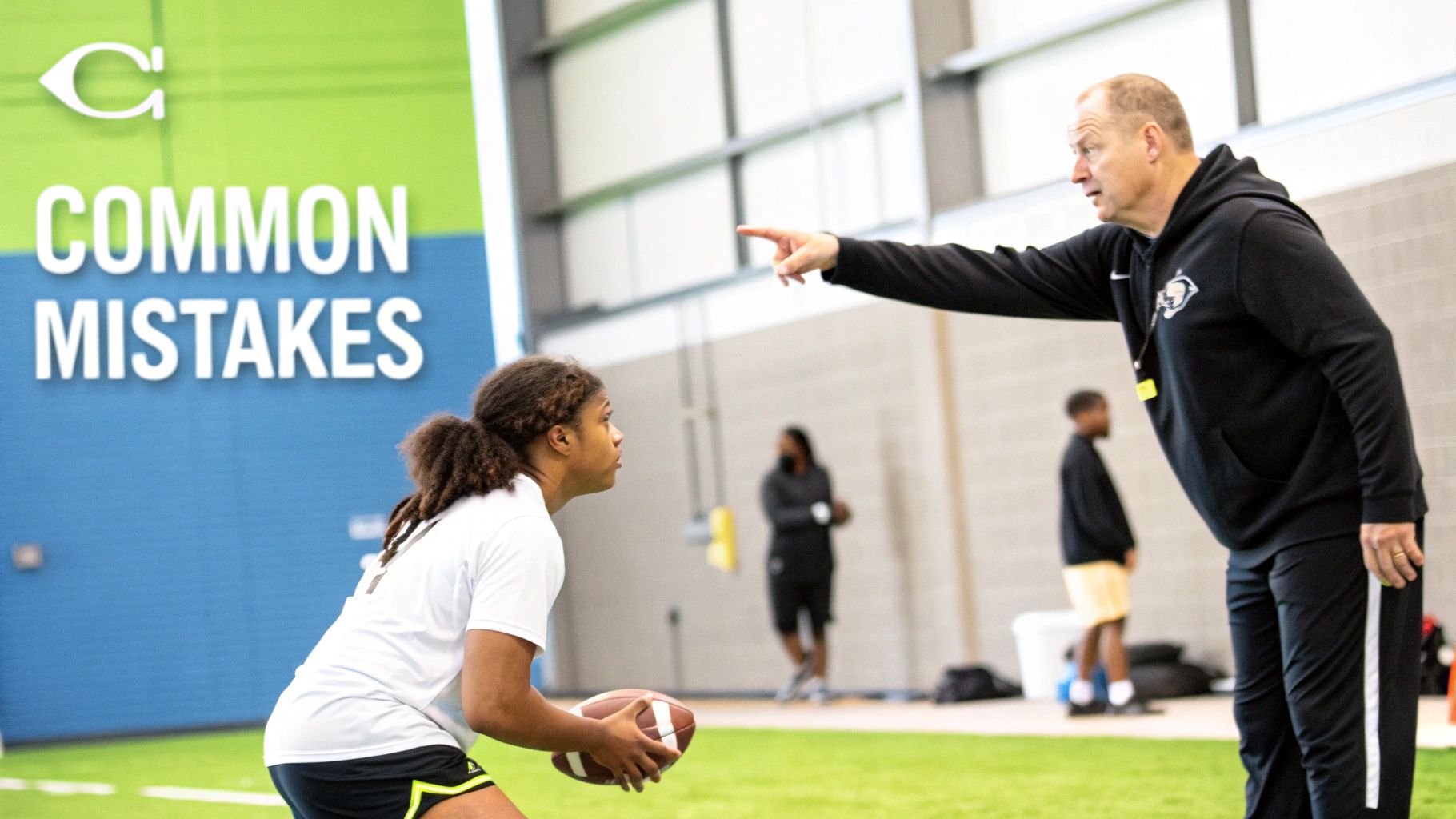
On-court drills are brilliant for honing specific skills, but building truly elite hand-eye coordination doesn't stop when you walk off the court. The real secret? Turning your everyday life into a subtle training ground.
You can actually strengthen those crucial neural pathways through hobbies and simple daily tasks. Think about it: any activity that demands precision is a form of practice.
Whether it’s the fine motor control needed to chop vegetables or the delicate touch required to play a guitar chord, these actions directly translate to better racket control and more accurate shot placement on the padel court. By seeing these opportunities everywhere, improving your coordination becomes less of a chore and more of a natural part of your lifestyle.
Turn Hobbies Into Training Tools
So many common hobbies are secret coordination goldmines. They force you to slow down, focus, and make deliberate movements, which builds a solid foundation for the explosive, reactive shots you need in a fast-paced padel match.
Here are a few examples you might already be doing:
- Playing an Instrument: Strumming a guitar, hitting piano keys, or keeping a beat on the drums is all about syncing your hands with what you see (sheet music) or hear.
- Drawing or Painting: This is hand-eye coordination in its purest form—translating an idea from your mind to the canvas with precise hand movements.
- Model Building or Crafting: Working with tiny, intricate parts requires immense focus and a steady hand, which is fantastic for sharpening your fine motor skills.
These aren't just relaxing pastimes; they're actively training your brain to be more precise. This kind of steady, low-impact training can even boost your physical endurance for those long, grueling matches. To build on that, check out these dedicated stamina training exercises for padel that pair perfectly with this off-court work.
Coordination and Cognitive Performance
Sharpening this skill does more than just improve your physical game. There’s a strong link between solid hand-eye coordination and your overall cognitive function.
One major study in the UK looked at over 300 children and found a direct connection between their eye-hand coordination and how well they did in school. The kids with better coordination consistently got higher scores in reading, writing, and math. It just goes to show how fundamental this skill is for brain development.
The takeaway here is pretty clear: every time you do something that challenges your coordination, you're not just training your hands—you're sharpening your brain. Weaving these small practices into your daily routine creates a constant, low-intensity training environment that fuels real, lasting improvement on the court.
Common Questions About Hand-Eye Coordination
Whenever you start seriously looking into improving hand-eye coordination, the same questions always seem to come up. Getting some straight, no-nonsense answers can help you set realistic goals and keep you from getting discouraged.
It's totally normal to wonder about how long it'll take, what actually works, and if your video game habit is secretly helping. Let's dive into some of the most common ones.
How Long Does Improvement Take?
This is usually the first thing people ask: "How long until I really see a difference?" The honest-to-goodness answer? It depends. There isn't a magic number of hours, but I can tell you that progress is tied directly to the consistency of your practice, not how hard you go in a single session.
Smashing balls for three hours once a week isn't nearly as effective as spending 15-20 minutes on focused drills every single day. Your brain builds and reinforces neural pathways through repetition. It’s those short, frequent sessions that make the connections stick. You'll probably feel small wins within a few weeks, but those more significant, almost unconscious reactions will start to kick in after a couple of months of steady work.
Can Video Games Genuinely Help?
It might feel like an excuse to play more, but the answer is a big "yes." Certain types of video games can absolutely give your coordination a boost. Think fast-paced action games or rhythm games where you have to react instantly to things happening on screen.
These games are great because they force you to:
- Keep track of multiple moving objects at once.
- Make split-second decisions when the pressure is on.
- Perform precise hand movements with a controller or mouse.
This is basically reaction time and spatial awareness training in a low-stakes setting. The skills you sharpen while gaming are surprisingly transferable to the chaotic, fast-paced environment of a padel match. You're running drills for your brain's processing speed, just in a different arena.
Think of it this way: both gaming and padel require you to see something, process it instantly, and then make your body do something in response. The controller might be different from a racket, but the core brain-to-body skill is the same.
What Are the Best Sports for Coordination?
While pretty much any sport will help you out, some are just built different. They're specifically designed around tracking a small, fast-moving object and reacting with absolute precision.
If you’re looking for some cross-training, these are the heavy hitters.
Top Sports for Building Hand-Eye Coordination:
| Sport | Why It's So Effective | Key Skills You'll Develop |
|---|---|---|
| Table Tennis | The insane speed and tiny court leave zero time to think—you just have to react. It demands lightning-fast reflexes. | Quick reflexes, fine motor control, tracking spin. |
| Baseball/Softball | Hitting a small, round ball with a round bat is one of the hardest things to do in sports. It's the ultimate coordination test. | Timing, predictive tracking, generating power. |
| Tennis/Padel | These racket sports force you to constantly judge distance, speed, and bounce angles, all while you're on the move. | Spatial awareness, dynamic tracking, footwork. |
| Basketball | Dribbling, shooting, and passing all depend on a constant feedback loop between what your eyes see and what your hands do. | Ball handling, shooting accuracy, peripheral vision. |
Even just playing these sports casually will do wonders. They challenge your coordination in unique ways, helping you build a more well-rounded and adaptable skill set that will definitely show up the next time you step onto the padel court.


